Collagraph is a printmaking technique which operates, as the name suggests, on the basis of collage. The physical activity involved in creating a collagraph plate is the interaction with a selection of materials of varying textures. It is a particularly robust, direct and unfussy type of printmaking and the surfaces created are relatively unpredictable. Indeed, much of the joy of working with collagraph lies in the tremendous scope there is for innovation and experiment.
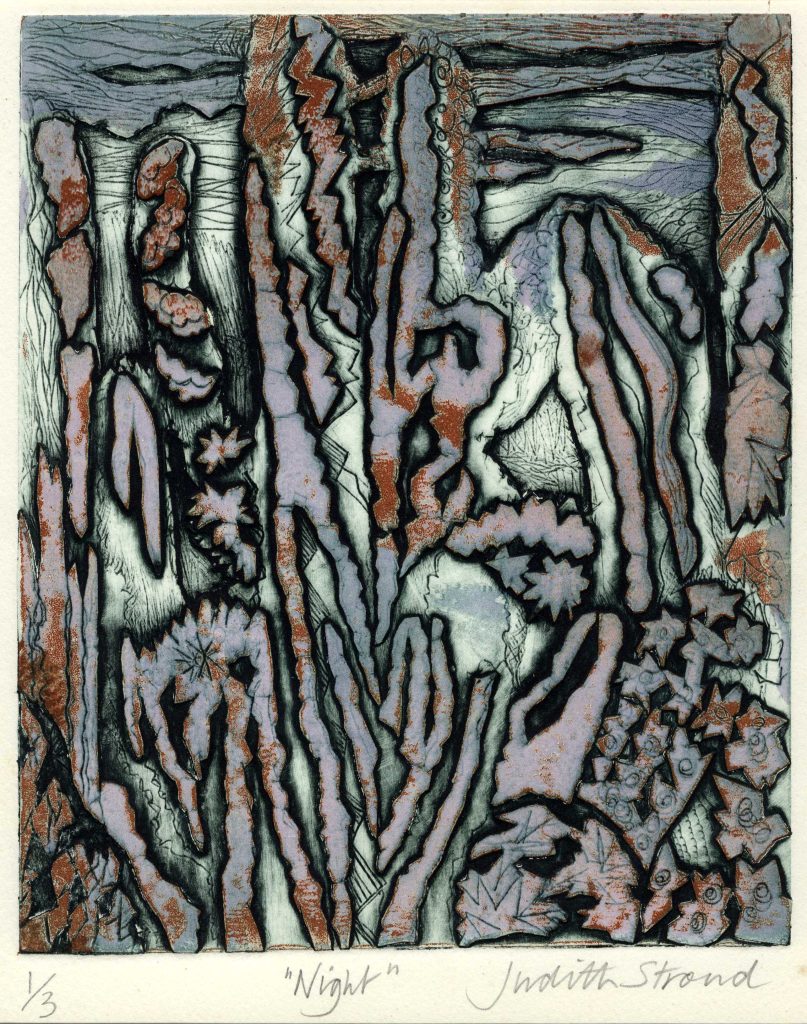
This print illustrates the amazing range of form and texture available for this process.
To see more of Judith’s work click here
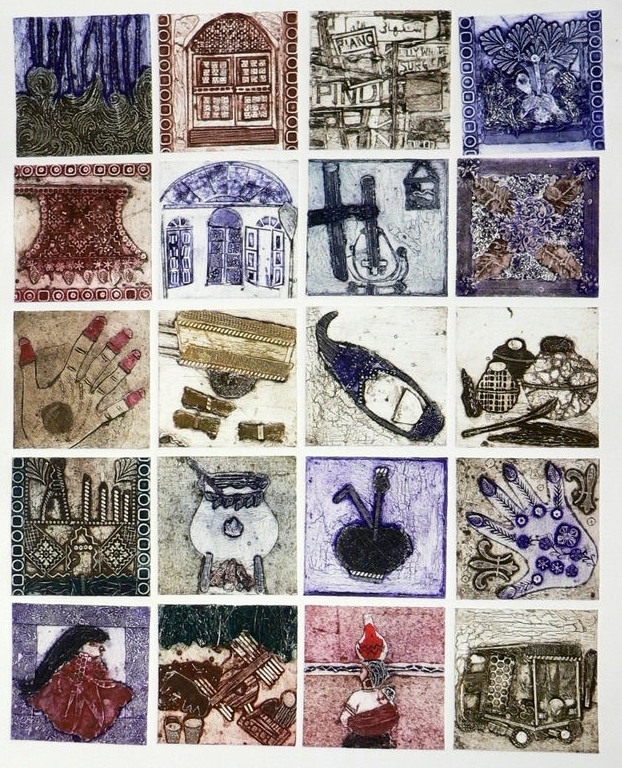
This is a collagraph print and the block it was printed from: Artes Mundi project The nature and breadth of Collagraph as a means of creating uniquely rich and interesting printed imagery makes it one of the most dynamic innovations to take place within printmaking in recent decades. Unlike other intaglio and relief methods, which rely on a set of one or more highly technical processes, Collagraph is a process which enables you to work directly with materials, and to explore the qualities of those materials.
The collagraph plate can be made from ‘liquid’ materials, which are painted on to the plate or applied in a liquid or semi-liquid form, with a brush, palette knife or squeegee, such as PVA glue, ceramic tile cement or epoxy resin or from materials which are cut-out and glued down, for example, tissue paper gauze, scrim and fabric.
The plate making is extremely versatile and has great potential as a means of creating rich printed imagery. It really is the closest the printmaker can get to painting and, in addition, retains great scope for sculptural and graphic treatments.
Collagraph lends itself to a more abstract approach to image-making with the emphasis on texture, colour and bold shapes.
The inks used to print the above blocks are oil based intaglio inks and these are in general use in the studio. It is possible to get good results with good quality water based printing inks particularly when using the relief method of inking up.
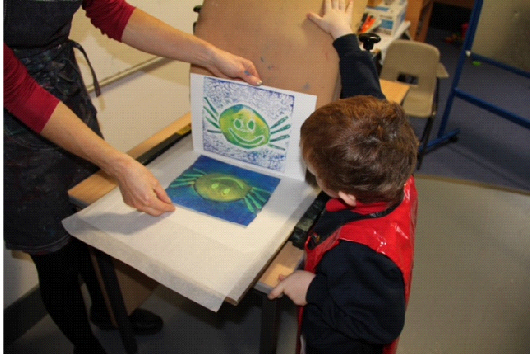
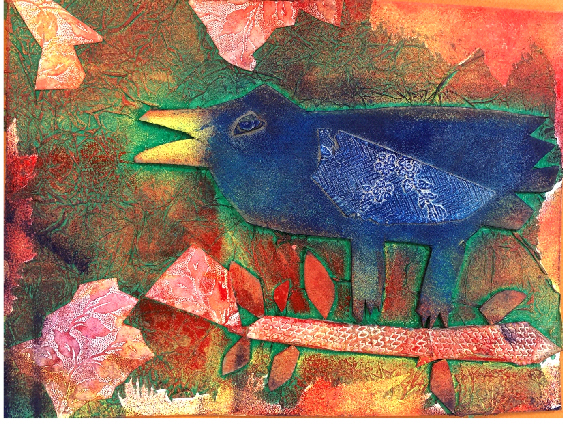
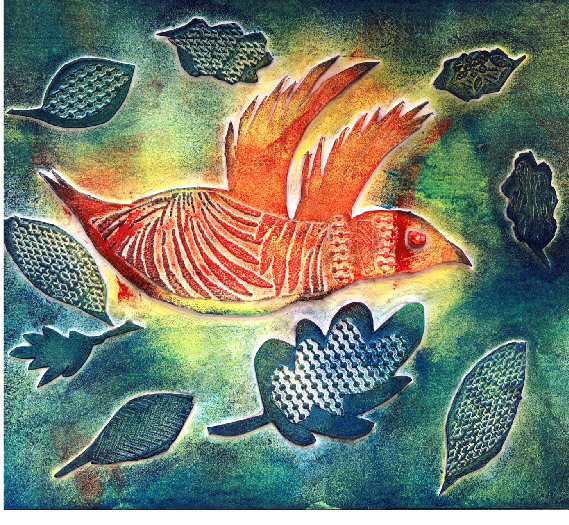
Prints from workshops on the PrintWorks Outreach Project
Because relief collagraphs are easy to make and may be printed using water based inks. they are well suited to the school environment where ease of use and health and safety requirements are paramount.
RECOMMENDED BOOKS
Collagraphs and Mixed-Media Printmaking (Printmaking Handbooks)
Brenda Hartill (Author) and Richard Clarke
ISBN-13 978-0-7136-6396-9
One of the very few books to cover the art of collagraph available and in print. This provides for the reader a mixture of instructional material and examples of artist / printmakers.
